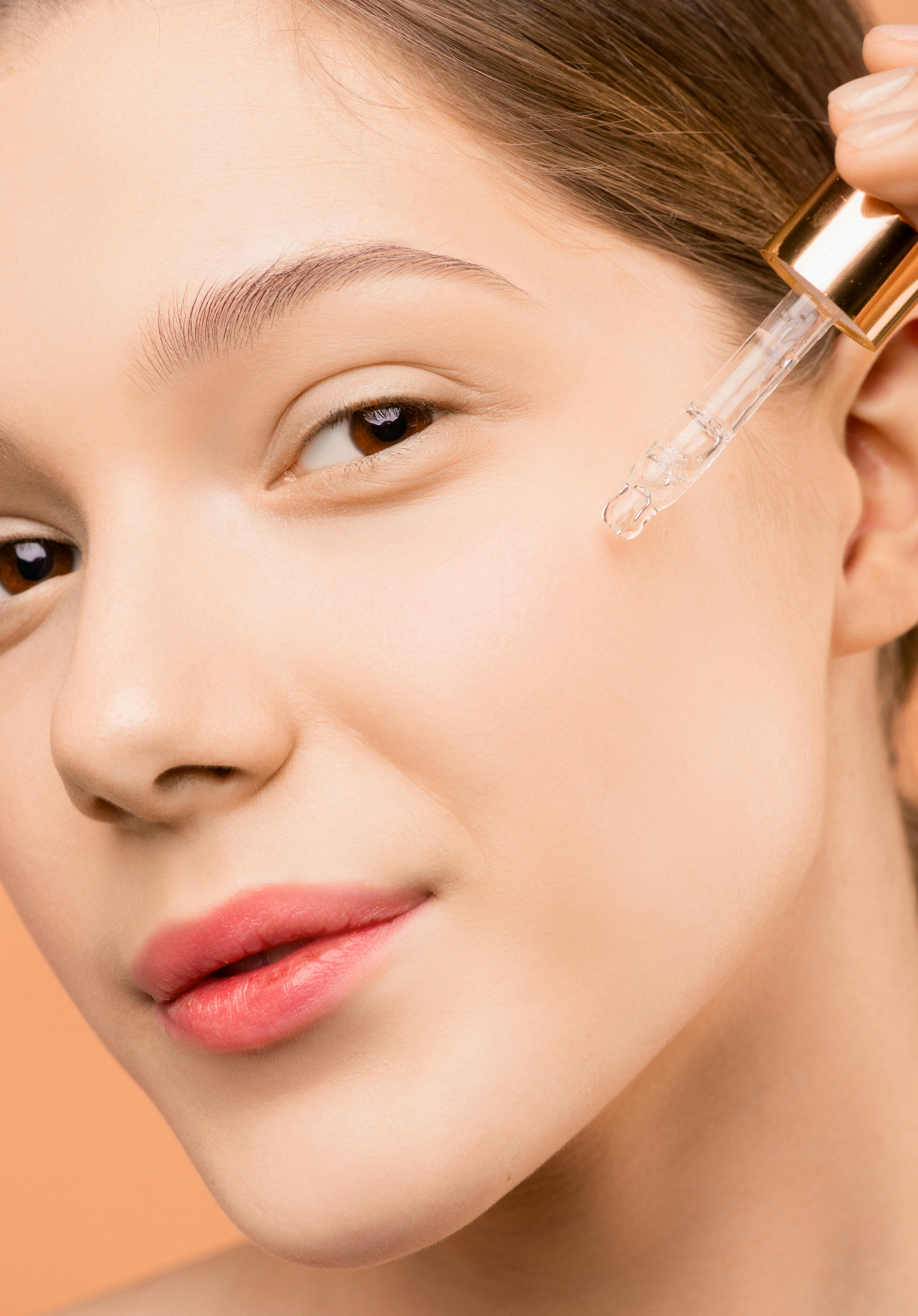Seasonal transitions: adjusting routines for humidity and temperature shifts
Seasonal changes in humidity and temperature affect how skin, hair, and makeup behave. This article explains practical adjustments to routines, from hydration strategies and ingredient choices to makeup pigments and texture management, to maintain a balanced complexion and healthy hair across shifting climates.

Seasonal transitions can rapidly change how products perform on skin, hair, and makeup. As humidity rises or drops and temperatures swing, textures, wear time, and visible finish shift as well. Adapting a routine with attention to hydration, formulation, and pigments helps maintain an even complexion and healthy hair without overhauling every product. Small swaps—lighter textures in muggy months, richer formulations in dry cold—preserve comfort and appearance while reducing waste and frustration.
This article is for informational purposes only and should not be considered medical advice. Please consult a qualified healthcare professional for personalized guidance and treatment.
Skincare: how to adjust for humidity
When humidity increases, water-attracting ingredients such as humectants (glycerin, hyaluronic acid) perform better, but heavy occlusives may feel sticky. In humid conditions, prioritize lightweight gels or lotions with a focus on hydration rather than thick creams. In dry or cold weather, switch to creamier formulations that include occlusives like squalane or ceramides to lock moisture in. Cleanser choice also matters: gentle, non-stripping cleansers maintain the skin barrier year-round. Monitor how your complexion reacts over a week after a change and adjust frequency or concentration rather than switching multiple products at once.
Makeup: adapting pigments and undertones
Temperature and humidity influence makeup wear and how pigments sit on skin. In humid months, pore-clogging or heavy bases can slide; choose oil-free or water-based foundations with breathable finishes and consider setting powders with light-reflecting pigments to avoid a cakey look. Cooler, drier months may call for hydrating primers and cream formulas that prevent flakiness and enhance undertones without emphasizing dry patches. Match pigments to seasonal lighting—warmer natural light in summer can shift perceived undertones—so test shades outdoors when possible and adjust tone rather than intensity where needed.
Haircare: responding to humidity and temperature
Hair texture and manageability change with moisture in the air. High humidity commonly increases frizz for porous hair and can weigh down fine strands; lightweight leave-ins, anti-frizz serums with silicone alternatives, or humidity-resistant styling products can help. Low humidity and cold weather can create static and brittleness; use deeper conditioning masks, oils, and heat-protectant formulations. Balance washing frequency based on scalp oil production rather than calendar days, and consider protective styles or humidity-appropriate tools when traveling to climates with very different moisture levels.
Hydration and formulation: choosing active ingredients
Focus on ingredient roles when swapping seasonal products. Humectants draw moisture in; emollients smooth texture; occlusives prevent water loss. In humid climates, formulation that emphasizes humectants and light emollients avoids a heavy finish. In dry climates, look for richer emollients and mild occlusives to counter transepidermal water loss. Pay attention to sensitizing actives like retinoids or strong AHAs during cold, low-humidity months when barriers are more fragile—reduce frequency or pair with additional hydrating steps to maintain tolerance and skin health.
Texture and routine: layering, application, and timing
Texture choices and layering order impact efficacy across seasons. In sticky conditions, less-is-more layering—apply thin layers, allow each to absorb, and use powder sparingly—reduces pilling and shine. When cold and dry, incorporate extra occlusive steps at the end of a routine to seal hydration. Timing also matters: apply richer night treatments in dry seasons and lighter serums in humid ones. Adapt tools too: microfiber towels, humidifiers, or steam in the environment can support desired outcomes without changing all products.
Sustainability and long-term routine considerations
Frequent product swapping can lead to waste; seek multipurpose formulations that perform well across a range of humidity and temperature, and prioritize refillable or recyclable packaging when possible. Maintain a small seasonal kit rather than a full product rotation—one lightweight and one richer moisturizer, a humidity-friendly primer, and a conditioning treatment can cover most needs. Track which ingredients and textures consistently work for your complexion and hair type: that knowledge reduces unnecessary purchases and supports sustainable choices over time.
Conclusion
Adapting routines for humidity and temperature shifts is primarily about observing responses and choosing formulations that address hydration, texture, and pigment behavior. Small, deliberate changes—prioritizing appropriate ingredients, adjusting application techniques, and keeping sustainability in mind—help preserve complexion balance and hair health across seasonal changes without constant experimentation.





